Malda has the last railway station in Eastern India where no trains halt – GetBengal story
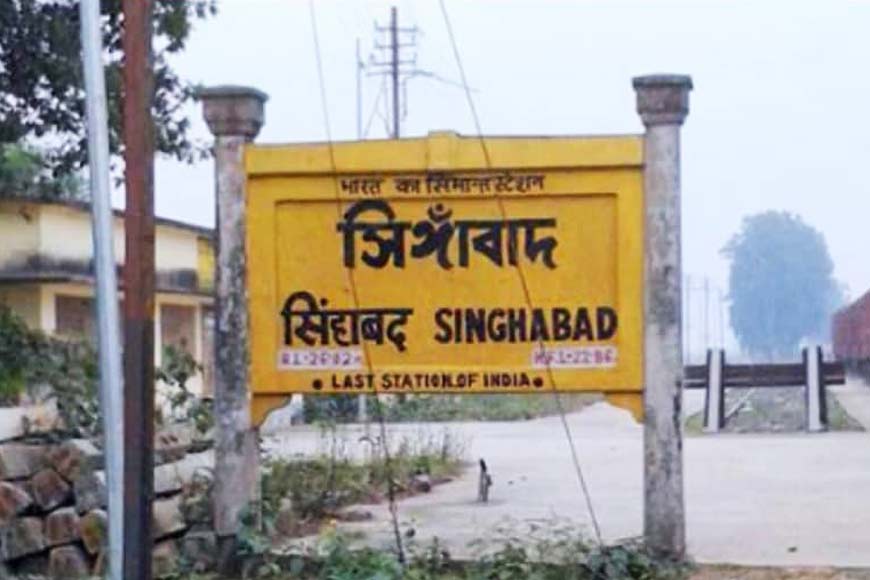
“It’s a graveyard of hope; this old railway line; ancestors thought it would last; the rigours of time will test our design; though whatever man makes will decay.” (‘The Old Railway Line’ by Jimhl)
In the heart of the Habibpur area of Malda district, bifurcating the endless green fields that stretch towards the horizon, stands a railway station blotted out from public memory. Singhabad, once a bustling railway station and a beehive of life and commerce, now stands as a silent sentinel on the India-Bangladesh border. Nestled snugly on the edge of two nations, Singhabad is a place where the ghosts of the past mingle with the echoes of an ever-changing world.
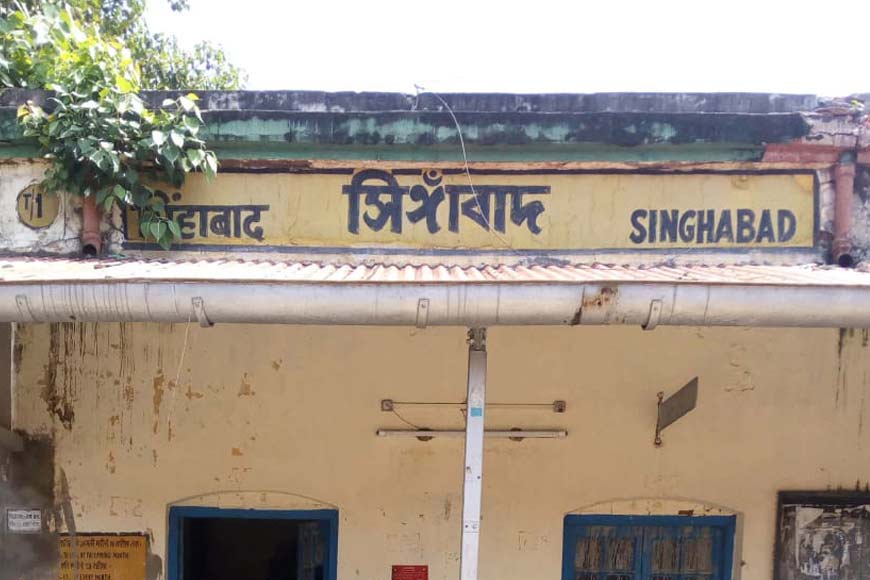
The very mention of Singhabad opens a floodgate of memories. It is much more than just a relic of the past. It is evidence of the enduring alliance between India and Bangladesh. It is a place where the past, the present geopolitics, and the human spirit intertwine.
India boasts the world’s fourth-largest rail network, with an astounding 13,000 trains operating daily and more than 2.5 million passengers commuting every day. These trains pass through more than seven thousand railway stations and cover a distance of more than 68 thousand kilometres. Singhabad, situated on the Indo-Bangladesh border in the Habibpur area of Malda district and often referred to as India’s last station, stands witness to a bygone era. The deserted station is neither an origin nor a destination for trains. Yet, it retains a strange vintage charm reminiscent of the British era.
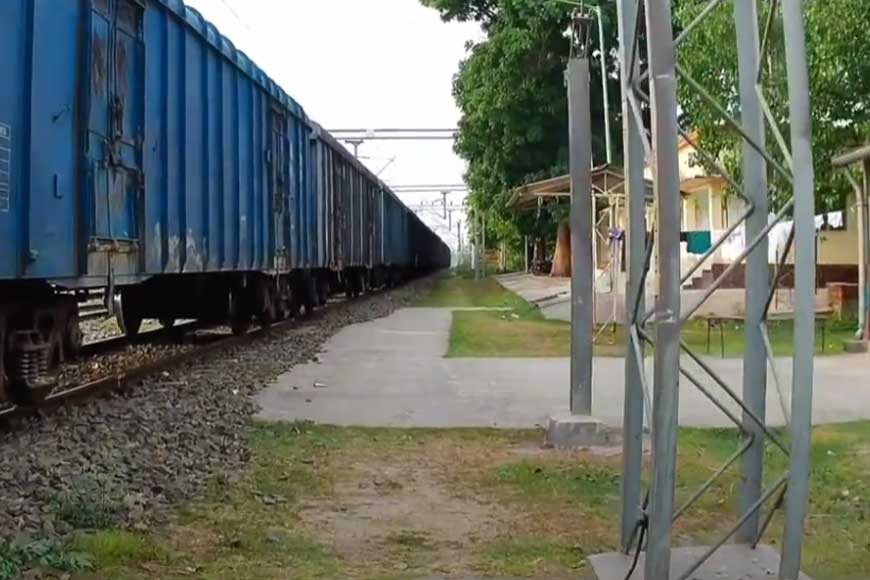
Established during the British era, Singhabad has been a silent witness to history, an observer of India’s struggle for independence frequented by iconic figures such as Subhash Chandra Bose and Mahatma Gandhi. Mahatma Gandhi, the apostle of peace, walked these very platforms, his footsteps leaving an indelible mark on the nation’s memory. During pre-Independence days, the station served as a crucial connection between Calcutta and Dhaka, facilitating travel and commerce. The station's importance grew manifold after the partition of India in 1947, which altered rail connectivity in the region. After the borders were created, the rhythm of life in Singhabad altered forever. Passenger trains dwindled and eventually stopped altogether.
The station’s colonial-era architecture stands as a ghostly reminder of its past glory. The signal systems, once a marvel of engineering, now creak and groan in the wind. The other equipment stands intact, though mostly out of use. The closed-ticket counters, once a hive of activity, now gather dust. The faded signs and peeling paint speak of a bygone era, a time when Singhabad was a lifeline connecting Kolkata and Dhaka. The empty waiting rooms create an eerie ambience, their stillness interrupted occasionally by the footsteps of the few railway employees who still maintain this forgotten outpost. Singhabad holds on to its relics of a different time, bringing back memories of an era when the station was a hub of activity with passenger trains arriving and departing. The architecture here is a rare legacy of the colonial imprint on India’s railway infrastructure.

Following Bangladesh’s independence in 1971, Singhabad's role changed significantly. Following the subsequent geopolitical shifts, demand for cross-border travel surged, resulting in a 1978 agreement between the two nations that allowed goods trains to operate from Singhabad. The railway station stands as a symbol of its historical importance in connecting nations through rail networks. Despite the current lack of passenger services, the station's strategic location hints at the potential for future rail developments that could boost international trade and relations.
As the world becomes more reciprocally connected, Singhabad's role in facilitating cross-border transportation could become increasingly vital in shaping the region's economic and political landscape. Since Singhabad was a hub for railway connections, the station has the potential to revive its role and become a crucial link in the global transportation network. Its location at the crossroads of international trade routes positions it as a potentially important player in future rail projects that aim to enhance connectivity between nations. Singhabad could play a significant role in fostering economic growth and diplomatic relations between neighbouring countries.
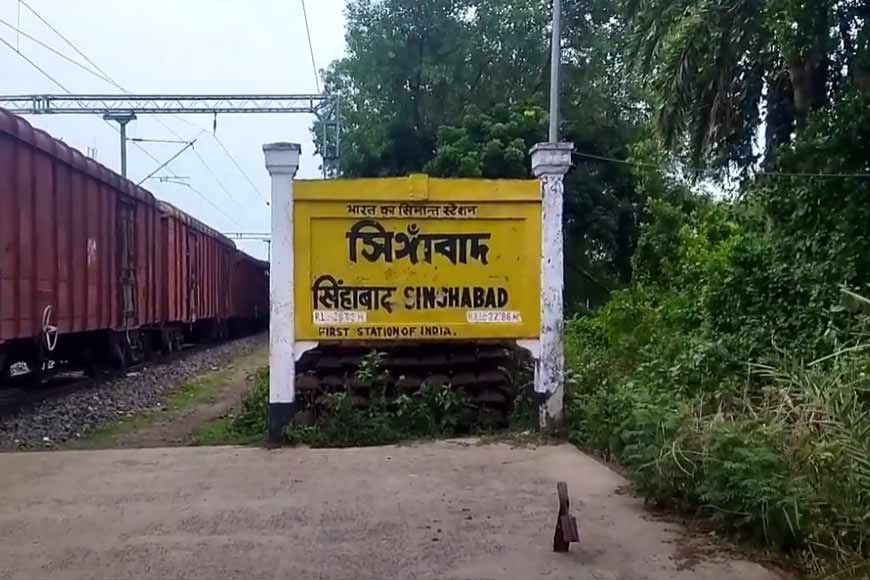
The echo of freight trains now fills the void left by the absence of passenger traffic. In 2011, a railway amendment expanded the station’s role, allowing transit for trains to and from Nepal. As such, Singhabad became a crucial transit point for goods, highlighting its strategic importance in the region's trade and commerce.
Singhabad is more than just a collection of ancient buildings and tracks. It is a living, throbbing entity, ingrained with memories of numerous journeys and the laughter and tears of countless passengers. Singhabad instils the spirit of resilience and hope. It is a testament to the enduring power of the human spirit to adapt, to persevere, and to find new meaning in the face of transformation. It is a place where the human story continues to unfold as the past and the future converge.
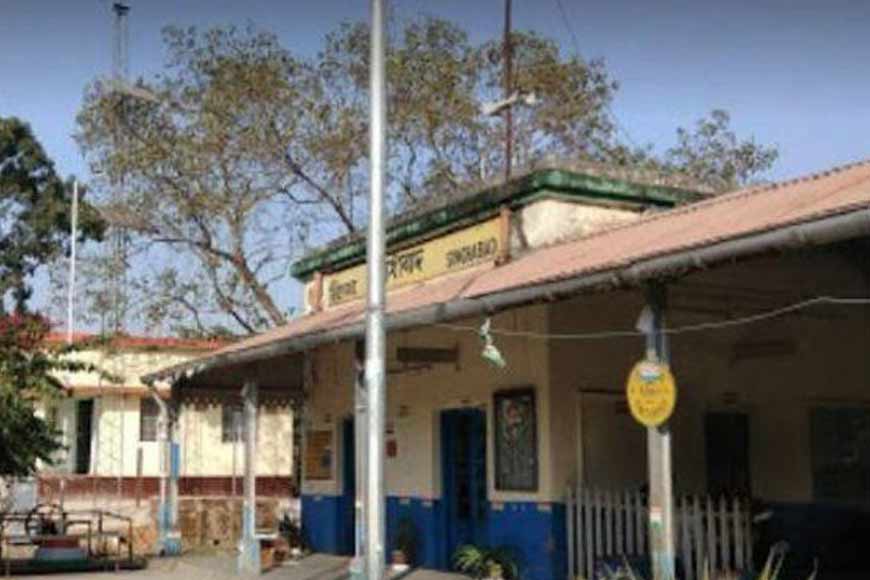
As the sun sets over the emerald fields, casting long shadows on the deserted platform, Singhabad stands as a silent witness to the passage of time and a beacon of hope for the future. Perhaps it is time to rewrite the history of Singhabad. Instead of writing off its fate, it is time to change our perspective and interpret it as the beginning of a new phase, a story of resilience, and finding a new purpose in a changing world.










